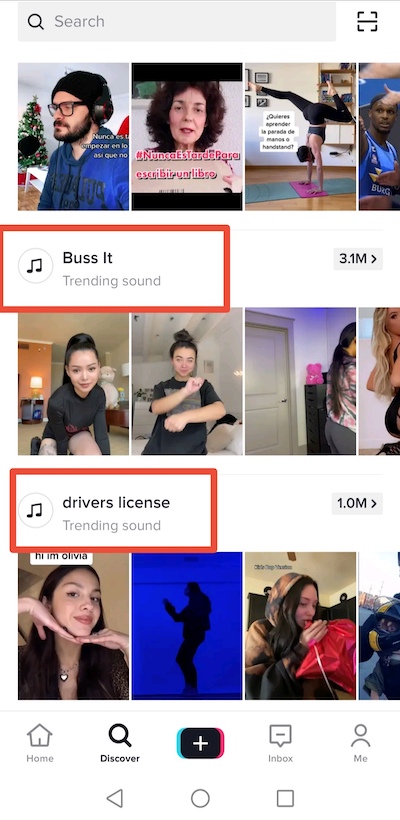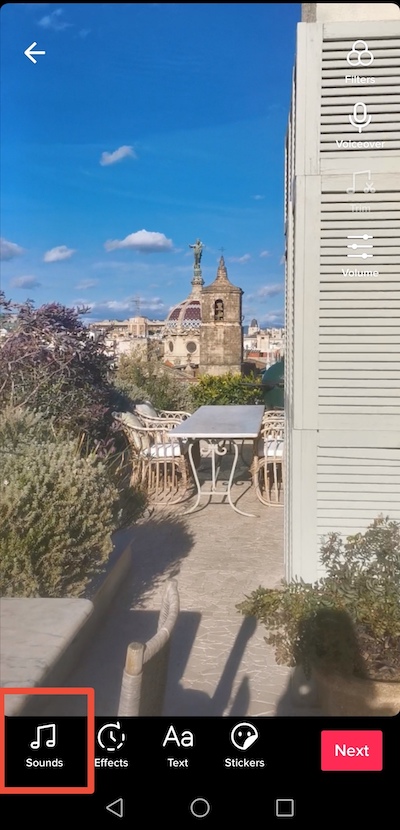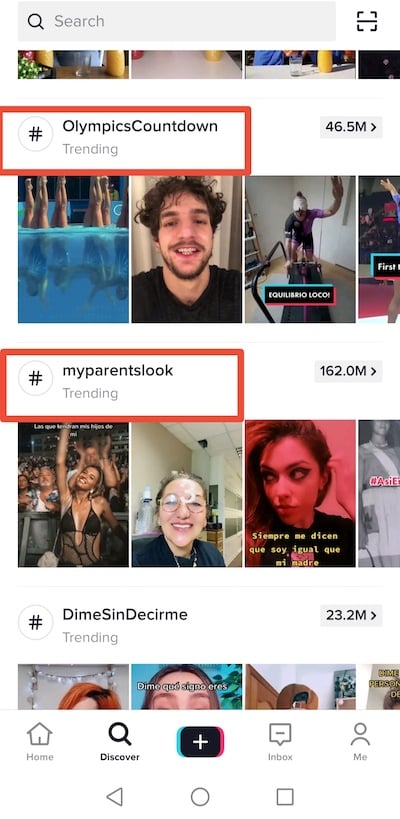TikTok is a relative newcomer to the social media world, having launched as A.me in 2016 in Beijing, China. Once viewed as a passing phase, TikTok now has more than 200 million downloads in the U.S. and 2 billion worldwide. It’s among the most downloaded apps in Google Play and the Apple App Store.
It’s hard to ignore the TikTok craze.
So how can merchants benefit? I have addressed how Pinterest and Instagram are photo-forward and highly-structured. But TikTok is a weird hodgepodge of videos of seemingly anything you can think of.
But here’s the important thing: TikTok is all about viral videos, those shared far and wide by hundreds of thousands of users. While no one can guarantee a video going viral, there are strategies to get your content onto the #ForYou section, a page on the app where users scroll and discover new content.
“The For You feed is one of the defining features of the TikTok platform,” according to a TikTok blog post. “Part of the magic of TikTok is that there’s no one For You feed — while different people may come upon some of the same standout videos, each person’s feed is unique and tailored to that specific individual.”
Thus even if it doesn’t go viral, your video could still be seen by lots of potential customers if you follow a few basic rules and posting methods.
More Video Views
Keep it short. A large part of TikTok’s #ForYou feed algorithm is based on watch time. TikTok monitors the video completion rate — the average watch time compared to the video’s length. The higher the ratio of watch time to video length, the better chance of your video appearing in more #ForYou feeds. You’re more likely to get a user to watch 14 seconds of a 20-second video than 34 seconds of a 50-second video. Shorter videos will naturally boost the video completion rate, which is key.
Another method of ensuring longer watch time is by being engaging from the get-go. This means getting straight to the point with no introductions or long pauses.
Here’s an example. A user begins with exactly the information she will share (hashtags), speaks clearly yet quickly, and doesn’t ramble.
Follow music trends. TikTok began as a music app. So it makes sense that popular and viral videos contain trending songs. And finding trending sounds is easy. Head to the “Discover” tab in the app. There you’ll find notations as to whether music (or noise) is a “Trending sound.”

“Buss it” by Erica Banks and “drivers license” by Olivia Rodrigo are “Trending sounds” on TikTok.
When you upload a video or image to create your own TikTok, there is the option to add “Sounds” with choices of top 40, viral, new, and recommended sounds and songs.

When you upload a video or image to create your own TikTok, there is the option to add “Sounds.”
Choose “viral” to find the most chosen sounds at the moment, improving the chance of your TikTok being a trend and seen by more viewers. Also, be sure to use the sound as a hashtag‚ for example, #bussit.
Follow trending hashtags. To create trending videos, explore trending hashtags and then produce your own video based on what you’ve found.

Explore trending hashtags and create your own video based on what you’ve found.
Stay on top of viral content. Trending content is hashtags, songs, and people who are being widely shared by users on the app. Viral content, however, is shared on media and other outlets — beyond the TikTok platform. Hence creating trending content is doable (but not easy). Viral content is much more difficult.
The good news? You don’t need to build a large following to get your content seen or go viral. Take the 90-year-old brand Ocean Spray, for example. It found viral fame when TikToker Nathan Apodaca posted a video of himself skateboarding, drinking Ocean Spray cranberry juice, and listening to Fleetwood Mac’s “Dreams.”
The TikTok went viral, sending the 1977 hit single “Dreams” by Fleetwood Mac back to the charts and tripling sales, NPR reported. Ocean Spray also benefited from this viral sensation: Its stock value doubled overnight — and it didn’t have to do any of the work!
Take advantage of trends. If creating professional TikTok content isn’t possible, ask your friends to post videos using your products. Take advantage of current TikTok trends and viral content like Ocean Spray did. Head of Global Corporate Affairs and Communications Christina Ferzli said, “We [Ocean Spray] were dabbling with [TikTok], but this has accelerated our use of the platform,” noting that the hashtag #OceanSpray now has 27.5 million views.
TikTok has launched a Creator Marketplace to help businesses connect with already popular content creators. This will help you locate creators who are aligned with your brand to get more eyes on your products.
Create ads. Shopify recently partnered with TikTok to bring commerce to the platform. Shopify merchants will need a TikTok for Business account. This will allow the merchants to use shoppable video ads that appear in a feed, much like shoppable posts and videos on Instagram, which I’ve addressed. These shoppable TikToks will be connected to your Shopify store for easy consumer checkout.
Include a call-to-action. Include a call-to-action for what you’d like viewers to do next, such as visiting your online store. In that case, the CTA would be something like, “Head to the link in bio.” That’s the TikTok profile bio, which would include your website URL. For more engagement, try a CTA such as “Like for part 2” or “Comment down below!”




